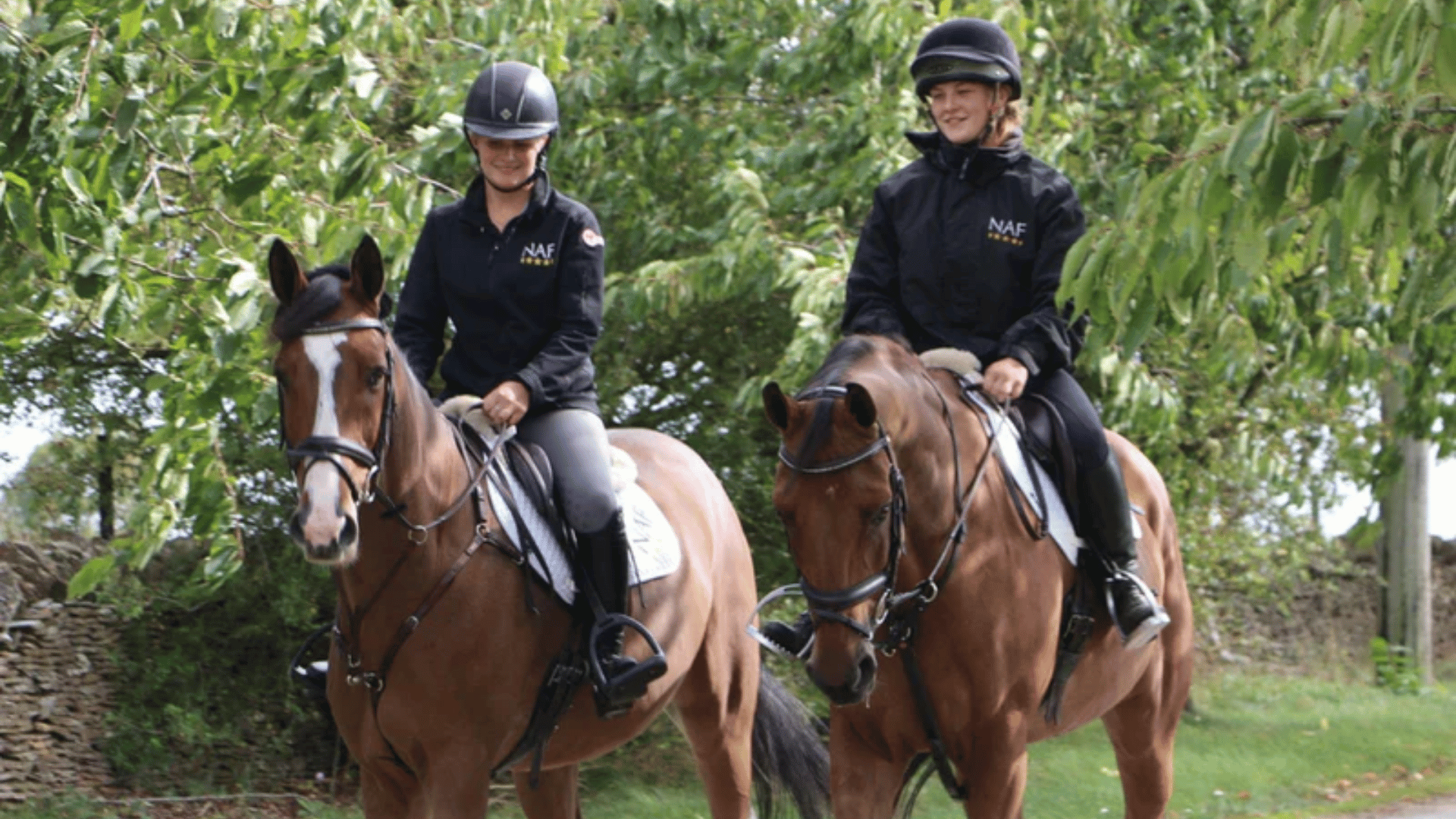Explore the Role of NAF’s Nutrition in Laminitis

FACT: Annual LAMINITICS: 1 in every 10[1]
MECHANICAL or OVERLOAD LAMINITIS
While we all know the common causes of Laminitis and its debilitating nature to both horse and pony, what is not as often discussed, but is widely seen, is the mechanical overload that creates an inadequate blood supply to the laminae itself. This can be caused from abnormal weight bearing from injury which can be obtained via concussion from hard ground, to tendon and ligament damage and the list goes on.
For extreme cases it is often a difficult road that lies ahead, encouraging the individual to weight bare and starting the reconditioning process will help get them back on the road to recovery. However, all too often the road to recovery is not plain sailing, with vets and farriers working in collaboration with each other undertaking frequent call outs.
(Can also be referred to as SSL, Supporting Limb Laminitis.)
RECOMMENDED NUTRITION
Nutritional advice can be provided when looking at comforting agents, primarily anti-inflammatories. All types of Laminitis create an inflammation of the laminae which can benefit from targeted anti-inflammatories including veterinary prescribed treatment and NSAID’s. Should the individual be now “prone” and back in the ring competing, look for treatment via natural anti-inflammatories that can be used while adhering to the clean sport policy and that do not have negative effects on the liver if looking for long term use.
HORMONAL LAMINITIS
It is thought 9/10 of diagnosed Laminitis cases are resulting from hormonal conditions. These are likely to be Cushing’s Disease (Pituitary Pars Intermedia Dysfunction), a tumour forming on the pituitary gland that confuses the bodies hormonal messaging, or EMS (Equine Metabolic Syndrome) in which candidates are IR (Insulin Resistant). EMS is not dissimilar to Type 2 Diabetes in humans, the body struggles to regulate blood insulin levels and resultant fat pads form with individuals struggling to lose weight.
RECOMMENDED NUTRITION
As weight gain can double the risk it is important to talk about diet. While the common misjudgement can be to restrict the diet to a minimal intake, this tends to reduce the recommended daily requirements for the individual to maintain and indeed sustain a normal function. Therefore, feeding a vitamin and mineral supplement to support against any deficiencies can be of benefit. In addition to this low blood magnesium (Mg) levels are seen in both IR and EMS individuals[2]. Supporting with magnesium can help with the actual storage of glucose, helping ensure it is metabolised efficiently and not being incorrectly directed to the fat pads that are seen with EMS. As Laminitis is now thought to be a “Pre-Cushing’s” condition given that most Laminitic individuals go on to have Cushing’s Syndrome in later life. This is where “adaptogenic herbs” play a fundamental role in supporting the system by helping them adapt to the physiological stresses of ageing. Additionally, well-known ingredients like MSM (methylsulfonylmethane) help to support the blood circulation within the hoof capsule. MSM is also a naturally occurring sulphur compound, recommended as the hoof is largely made up of sulphur bonds tying the amino acid compounds together. Thus providing sulphur supports the repair of sulphur rich bridges within the laminae, ultimately helping build and sustain hoof integrity.
INFLAMMATORY LAMINITIS
As with most things, when an individual consumes an excessive amount of food, there tends to be weight gain. This results in stresses placed on each system. However, when excessive quantities are ingested at one time, the stress on the system results in the body of food finding an unfavourable destination. This route tends to lead undigested sugar and starch to the hindgut whereby it is simply “dumped” to be broken down. Naturally sugar and starch (carbohydrates) should be digested with ease in the small intestine, so when they unexpectedly arrive in the hindgut the body reacts the only way it knows how. The hindgut contains microbial flora which work best on fibre fermentation, and when the “dumped” starch matter enters it produces very aggressive bacteria which negatively impacts the fibre bacterial population. As the fibre digesting microbes are overcome by the presence of the starch digesting bacteria, they release toxins which leak into the gut. As these toxins enter the bloodstream they have a negative impact on bloodflow and can quickly lead to the onset of Laminitis.
RECOMMENDED NUTRITION
As laminitis, and associated issues, are strongly metabolic, targeting the GI (gastrointestinal) tract, it is only right to provide targeted nutritional treatment to support this area. The GI tract is responsible for around 80% of the horses overall immune system, which is why small digestive disturbances can quickly escalate into something more serious. Adding PRO biotics will repopulate the bacterial populations of the hindgut and enable a healthy fermentation process. Then, by providing PRE biotics you are supporting a product a little like a fertiliser to sustain the right levels, types and forms of the good fibre digesting bacteria. Unique digestive clays such as Bentonite Clay, can also help to neutralise the harmful bacterial toxins that are produced and have them safely excreted.
By understanding the causes, symptoms, and preventive measures of laminitis, we can take proactive steps using correct nutrition and a strict management process.
[1] 1) Pollard, D., Wylie, C.E., Newton, J.R., Verheyen, K.L.P. (2018) Incidence and clinical signs of owner-reported equine laminitis in a cohort of horses and ponies in Great Britain. Equine Veterinary Journal. 51(5), pp. 587-594
[2] Takaya J, Higashino H, Kobayashi Y. Intracellular magnesium and insulin resistance. Magnes Res. 2004 Jun;17(2):126-36. PMID: 15319146.








